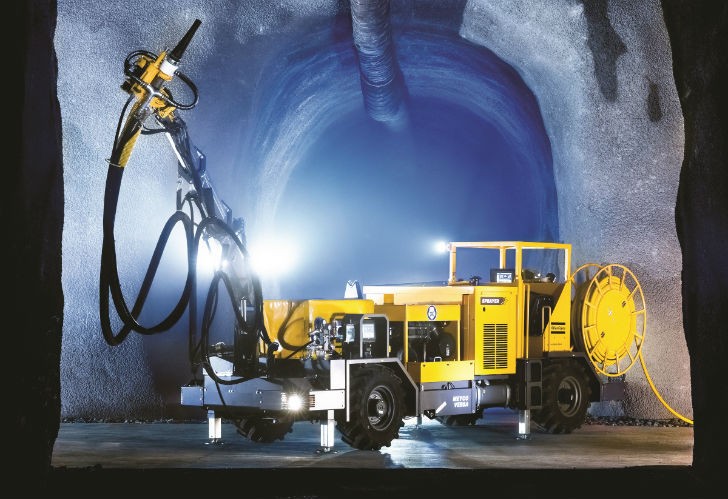
Increasing Efficiency through Automation
The mining industry has traditionally relied on manual labor-intensive processes that are inefficient and unsafe. However, new technologies like autonomous drilling rigs, haul trucks, and sensors are allowing mines to significantly automate operations and cut costs. Autonomous drilling rigs use GPS, cameras, and sensors to drill holes for explosives or material extraction with minimal human intervention. Similarly, haul trucks use sensors and software to navigate pits and dumps without drivers. This automation reduces the number of workers needed onsite while improving productivity up to 30%. Fewer accidents also occur as humans are removed from hazardous tasks.
Leveraging Big Data and Analytics
For optimal operations, mines require real-time data from across sites to monitor performance, detect issues, and improve processes. Technologies like IoT sensors, drones, scanners, and remote-controlled equipment generate petabytes of operational data daily. Smart Mining companies are leveraging big data analytics platforms to extract insights from this operational data. Analytics help optimize extraction rates, blend grades, allocation of equipment, maintenance schedules, energy usage, and more. For example, analyzing haul truck data identifies overweight vehicles and informs load balancing to improve road conditions and fuel efficiency. Such data-driven decisions enhance productivity, reduce costs, and extend equipment lifespan.
Remote and Augmented Operations
The mining landscape is being transformed by remote and augmented operations centers located hundreds or thousands of miles from active sites. Using high-speed wireless networks and satellite connectivity, operations centers can remotely monitor and manage entire mines. Remote tools like teleoperation allow controlling heavy machinery from afar. Augmented reality interfaces overlay real-time data onto virtual models of mine pits, rendering three-dimensional visualizations. Remote experts can thus provide real-time assistance to onsite operators, improving safety and decision making. For remote operations during emergencies or shutdowns, this represents a game-changer.
Predictive Maintenance through Machine Learning
Machine learning algorithms are helping mines transition to a predictive maintenance model versus traditional scheduled overhauls. Vast sensor data from equipment is analyzed to build digital twins and failure prediction models. These track degradation patterns to provide advance warnings for replacement of worn components before breakdowns occur. Timely maintenance reduces unexpected downtime which is costly. ML also optimizes component designs by simulating operations under various conditions. This improves reliability and durability of critical parts. Overall, predictive maintenance powered by ML cuts maintenance costs, improves safety and availability.
Digital Transformation with Blockchain and DLTs
The mining industry is actively exploring blockchain and distributed ledger technologies (DLTs) for processes related to transactions, record-keeping, and provenance tracking. Blockchain allows digitally recording transactions in an unalterable distributed ledger, providing transparency. Mining companies are testing blockchain for tracking assets, ores, materials and document verification across supply chains. Smart contracts automate payments conditional on delivery or quality. By tokenizing assets on a distributed ledger, mines can also raise funding through security sales. Overall, blockchain promises to streamline administrative tasks and eliminate inefficiencies in procurement, sales and financial workflows.
The confluence of robotics, IoT, big data, AI/ML, remote systems and blockchain is igniting a digital transformation wave across mining operations worldwide. Smart technologies are upgrading capabilities, improving worker safety, optimizing processes, predicting issues and bringing transparency. This evolution is set to significantly boost productivity and sustainability while reducing costs for the mining industry in the coming decade. Overall, smart mining heralds an exciting future where machines and data analytics take over manual and hazardous tasks to unlock new frontiers of efficiency.
Gets More Insights on: Smart Mining